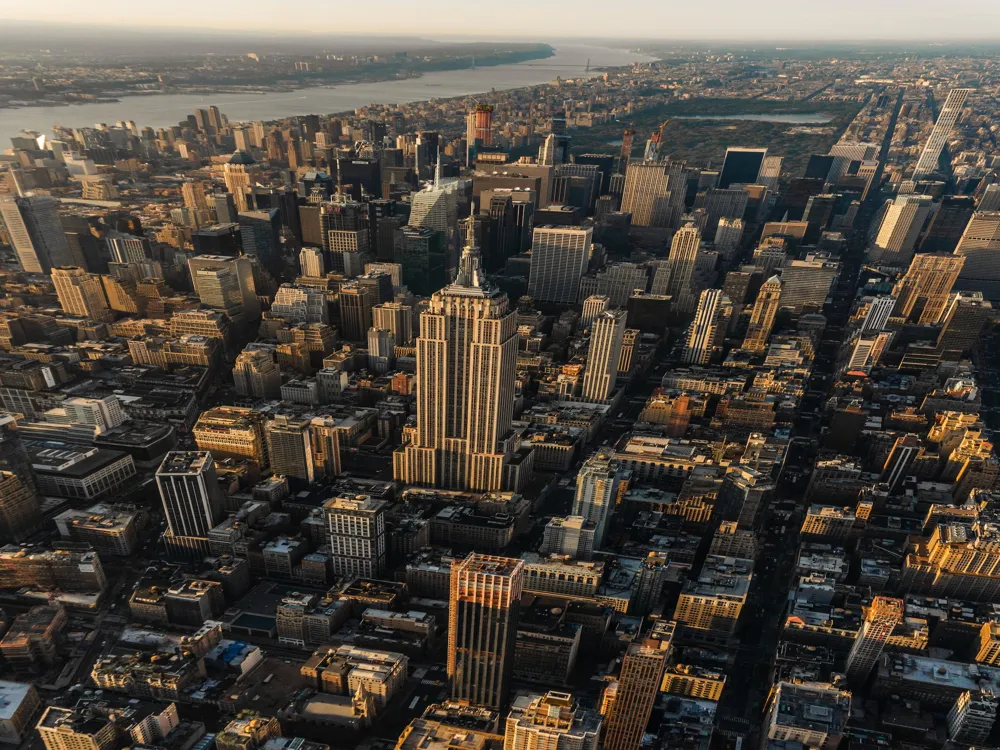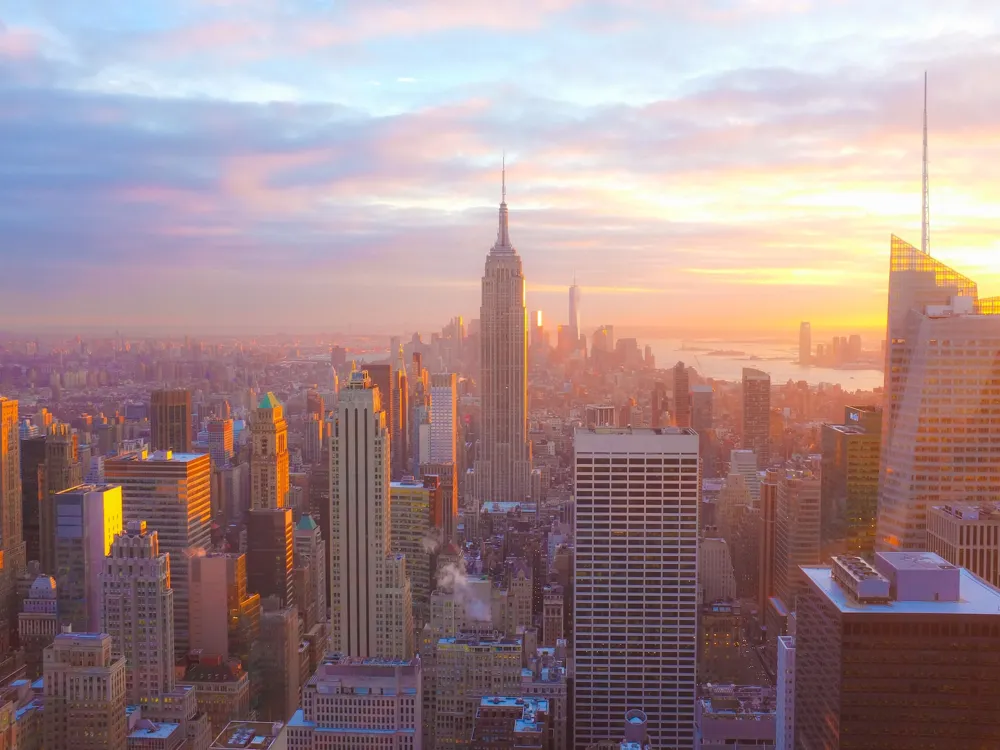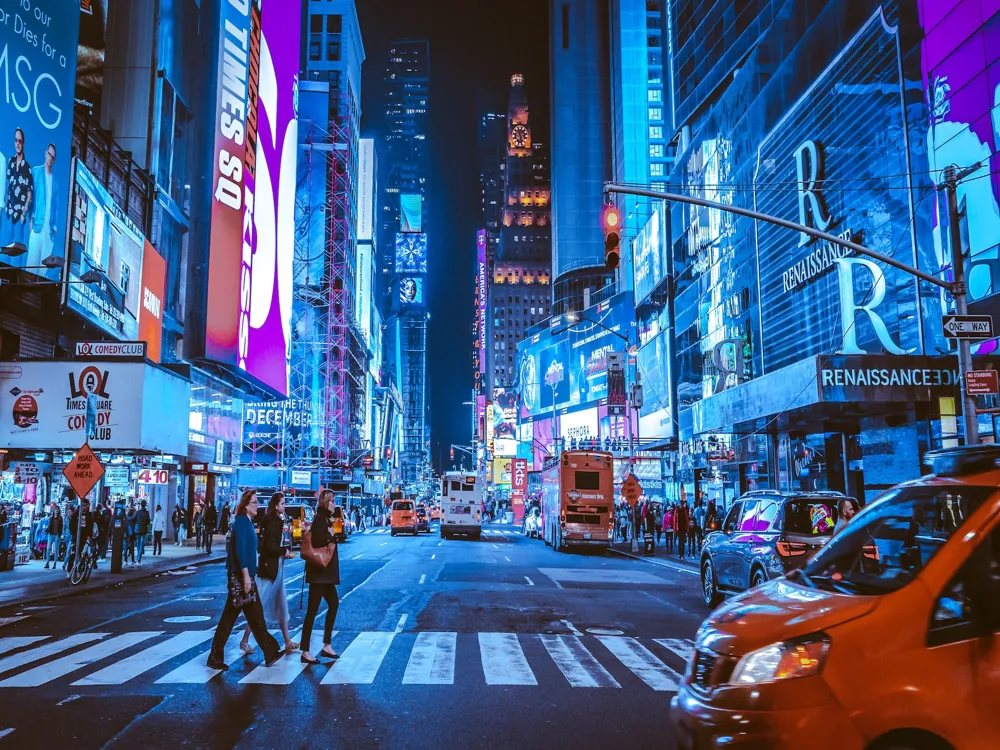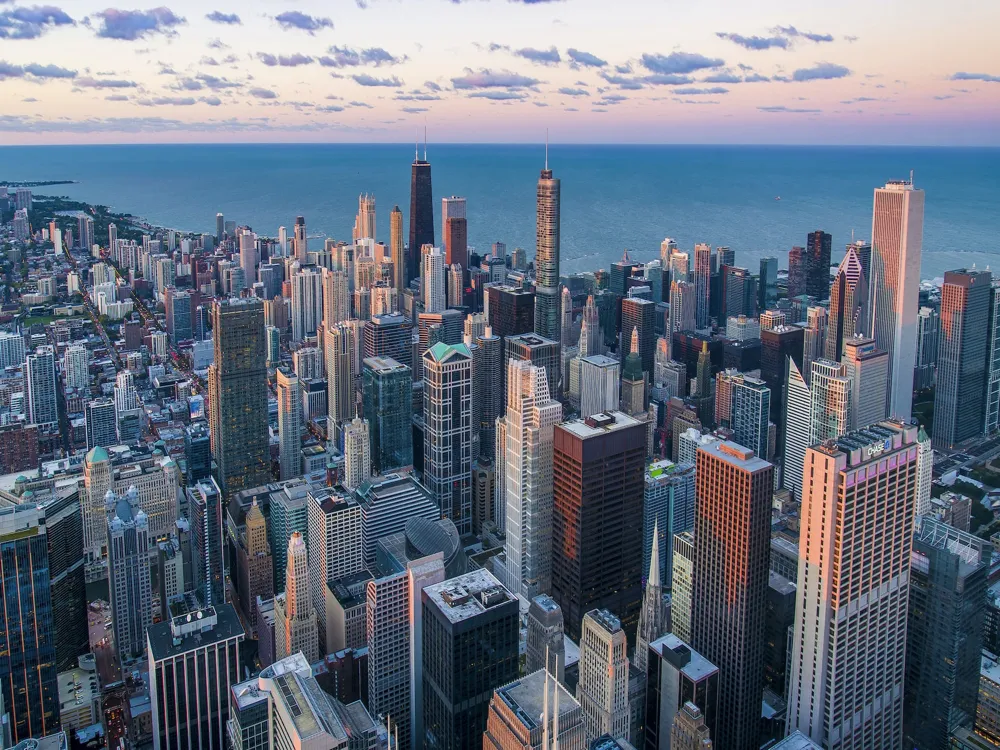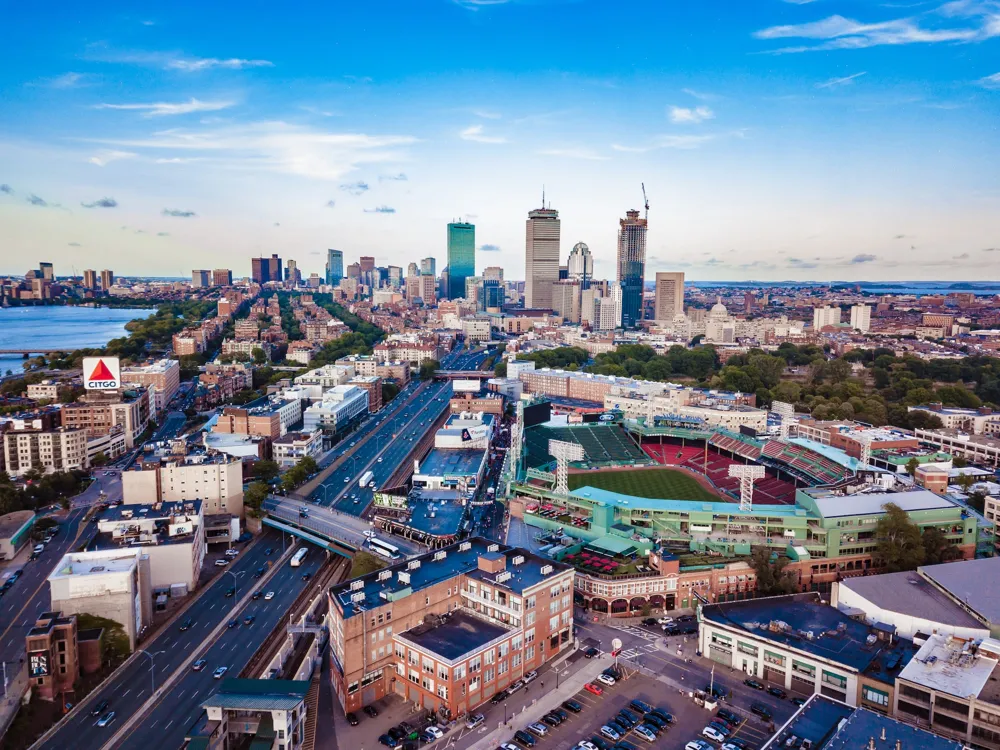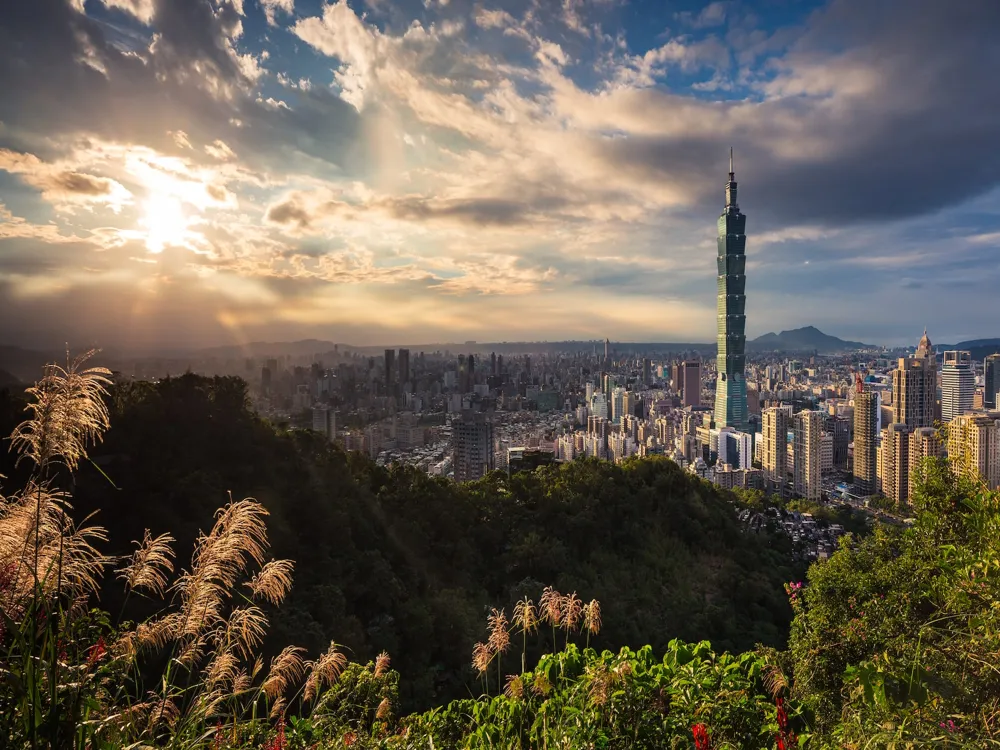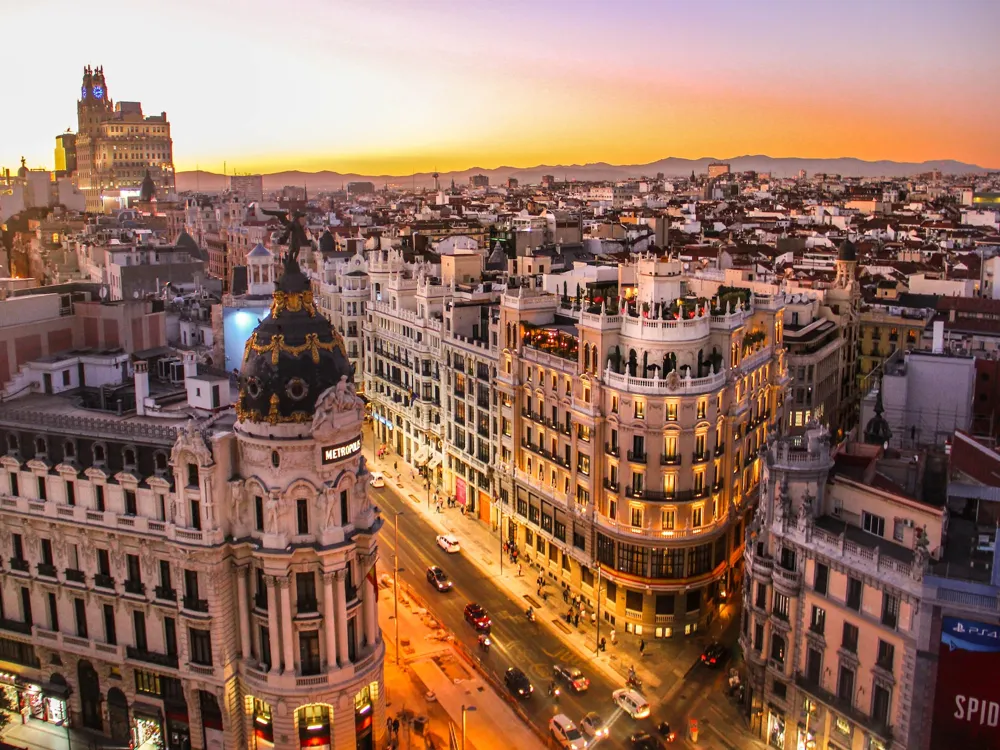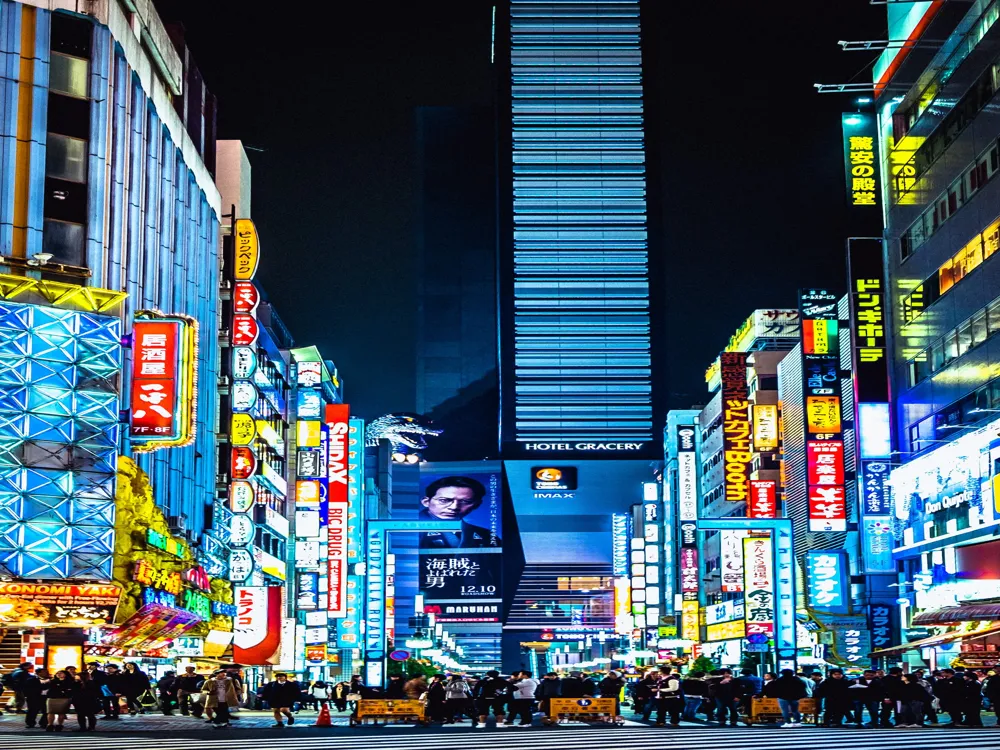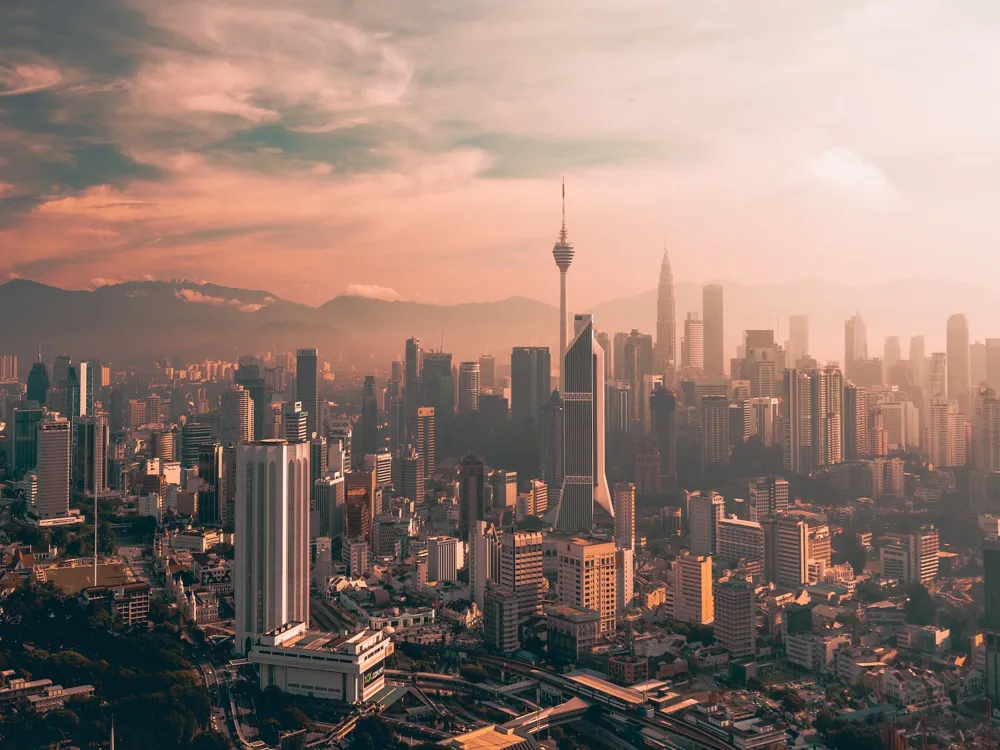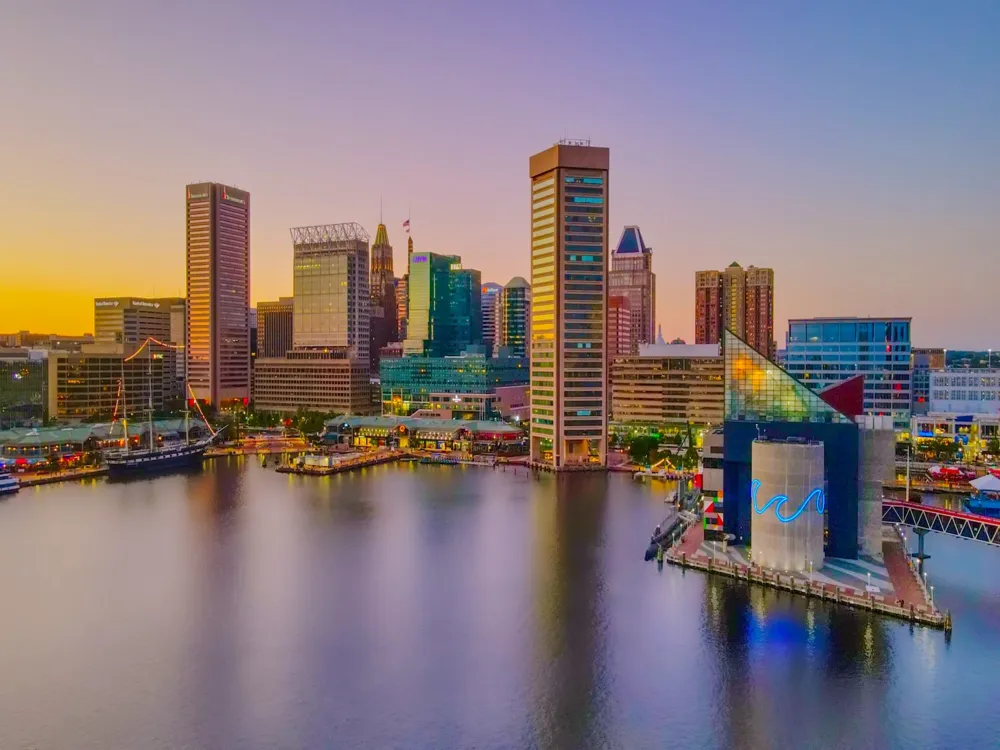Best Time to Visit New York City
New York United States
1 out of 321 Places to visit in United StatesNaN onwards View Packages
Get Customized PackagesThe Land of Diversity
Top Hotel Collections

Private Pool

Luxury Hotels

5-Star Hotels

Pet Friendly
What is the Best Time to Visit New York City?
Choosing the best time to visit New York City depends on personal preferences and the experiences one desires. The fall months, from September to November, are often considered prime time. During this period, the weather is pleasant, with crisp temperatures and vibrant autumn foliage. Tourists can enjoy cultural events, festivals, and the iconic Thanksgiving Parade. Spring, from March to May, is another favourable time, offering milder temperatures and blooming flowers. Summer, from June to August, attracts visitors with warm weather, outdoor concerts, and lively street scenes. Winter, from December to February, transforms the city into a festive wonderland, with holiday decorations and the possibility of snowfall, making it ideal for those seeking a magical holiday experience.The most stylish time to visit New York,USA, is during the spring months of April through June. But every season has its own charm in this megacity. While the summer brings bright sun and happiness, early fall, which is September – November, brings cool, crisp breaths to this megacity. New York is basically affable in the early fall. December–February is substantiation-heavy downtime, and Christmas is a special time in New York. Still, hostel prices are sky-high this time. Spring is again a breezy and enjoyable season. The most stylish time to visit New York is anytime. Each season in Gotham offers callers a plenitude of reasons to visit. Beforehand, fall offers crisp breaths, bright sun, and comfortable temperatures, while late fall and downtime make merry with the Macy's Thanksgiving Day Parade and vacation decorations. Deep downtime( January and February) is cold, but that also means cheaper hostel rates. Spring is noble, and New Yorkers celebrate the thaw by taking to the thoroughfares, shopping at out-of-door requests, frolicking in Central Park, and dining outside. Summer is hot, but hey, so are lots of places, and at least this is New York. No matter when you decide to visit New York City, consider trip protection, similar to a trip insurance policy or a cancel for any reason plan, in the event you encounter rainfall issues or trip delays. According to Soleil Lerch, the most stylish times to visit New York City for lower crowds are mid-winter( January and February) and late spring( late March through late April). “ In these quieter ages, ” she says, “ slip on a cosy jacket or a Swiss raincoat and take the occasion to see a more intimate side of NYC. ” What’s more, visiting during these times affords you the inconceivable occasion to witness New York City like the original. As a perk, you can also take advantage of lower rates on lodging, which means you can score inconceivable deals on some of New York City’s stylish hospices, but we ’ll dive deeper into this in a bit.
More about Best Time to Travel to New York City
Travel Peak Season in New York City
The peak season in New York City aligns with the vibrant fall months from September to November. During this period, the city experiences a surge in tourism, attracting visitors with the allure of pleasant weather, colourful autumn foliage, and a myriad of cultural events. Iconic attractions like Central Park, Times Square, and Broadway theatres bustle with activity, making it an exciting time to explore. However, it's advisable to plan and book accommodations well in advance, as the increased demand during the peak season can lead to higher prices and crowded venues.Travelling to New York City during the peak season, which generally spans from late spring to early fall, offers a vibrant and bustling experience. By embracing the energy and artistic uproariousness of New York City during the peak season, you can make the most of your visit and enjoy the megacity's vibrant atmosphere. Plan ahead, stay flexible, and immerse yourself in the different immolations of the Big Apple.
Travel Offseason in New York City
The offseason in New York City typically falls during the winter months, from December to February. While the city may experience colder temperatures, this period offers a unique and enchanting experience for those who prefer a quieter visit. Witnessing the holiday decorations, ice skating in Central Park, and attending Broadway shows without the summer crowds make the offseason a delightful time for a more intimate exploration of the city. Additionally, travellers may find more budget-friendly accommodations and attractions during this quieter time.Travelling to New York City during the offseason, generally in the downtime months from December to February, can give a unique and quieter experience compared to the peak season. By embracing the downtime charm and taking advantage of offseason gratuities, you can have a memorable and unique experience in New York City. Plan accordingly, pack accordingly, and enjoy the megacity's different immolations without the hustle and bustle of peak tourist season.
New York City Travel Packages
View All Packages For New York City
New York City in Shoulder Season
The shoulder seasons in New York City, spanning from March to May and September to November, offer a pleasant balance between the extremes of weather. Spring brings blooming flowers and milder temperatures, while fall showcases vibrant foliage. During these shoulder seasons, tourists can enjoy outdoor activities, cultural events, and iconic landmarks with more manageable crowds.
New York City in Hot Season
The hot season in New York City occurs during the summer months, from June to August. While temperatures rise, this period is ideal for those who enjoy warm weather and outdoor activities. Summer in the city brings a lively atmosphere with open-air concerts, street festivals, and outdoor dining experiences.
New York City in Rainy Season
New York City doesn't have a distinct rainy season, but occasional rain showers are common throughout the year. While rainfall may disrupt some outdoor plans, the city's indoor attractions, museums, theatres, and vibrant neighbourhoods offer plenty of entertainment options, ensuring a fulfilling visit even on a rainy day.
New York City in Cool Season
The cool season in New York City spans from December to February. Winter transforms the city into a magical wonderland with holiday decorations, ice skating rinks, and festive events. While temperatures can be chilly, the charm of the holiday season, coupled with the possibility of snowfall, makes this a popular time for those seeking a magical and enchanting experience in the city.
Places To Visit In New York City
Nearby Places New York City
New York City Photos
View All Photos For New York CityBrowse Package Collections
Browse Hotel Collections
Faq
Is there a specific time when NYC is less crowded for tourists?
Answer: Generally, early spring (March to May) or late fall (September to November) tend to be less crowded compared to peak summer or the holiday season. Weekdays also see fewer crowds compared to weekends.
Are there any underrated months for visiting NYC that offer unique experiences?
Answer: January and February might be cold, but they offer fantastic opportunities for indoor activities like museum hopping, Broadway shows, and enjoying winter festivals like Winter Jam in Central Park.
What's the best time to experience New York City's diverse cultural festivals?
Answer: Summer months, particularly June, July, and August, host numerous cultural events like the Pride March, Shakespeare in the Park, and various music and food festivals.
When can one enjoy outdoor activities and events in NYC?
Answer: Late spring to early fall (May to September) is ideal for outdoor activities like strolling through parks, enjoying street fairs, and attending outdoor concerts or movie screenings.
Is there a specific time to witness stunning seasonal changes in NYC?
Answer: Fall (September to November) is perfect for witnessing vibrant foliage in Central Park and other green spaces across the city.

